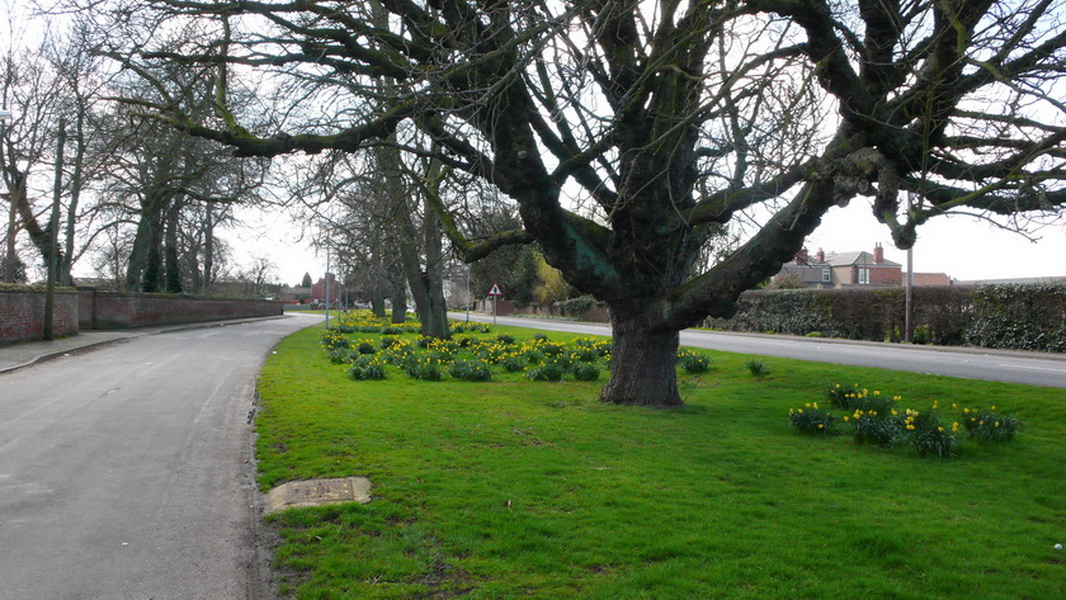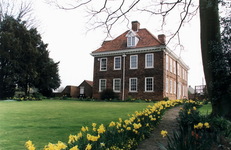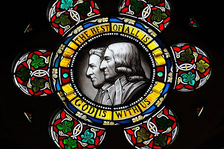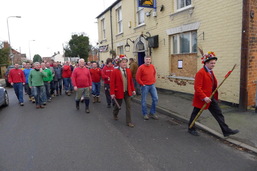About the Isle of Axholme

The ancient Isle of Axholme, is the North Western corner of North Lincolnshire, was bound in the North by the River Ouse, the River Don in the North-West, the River Trent in the East, the River Idle in the South and the lowlands of the Thorne and Hatfield Moors in the West.
The name Axholme itself is made up of several parts, originally thought to have been Axeyholme, which became corrupted to Axelholme and then Axeholme. Axe meaning water, ey meaning island, which in turn became Axel, a mixture of Celtic and Saxon. The Danish the added holme, an island or grassy bank near water, or rising ground within a marsh, Isle being a relatively modern prefix, giving the full name we are all familiar with, Isle of Axholme. It existed as an administrative area from 1936, as the Isle of Axholme Rural District Council, administered from offices in Epworth, upon local government re-organisation in 1974, it ceased to have its own council and became part of Humberside County Council within the Borough of Boothferry, the administrative centres being in Goole, for borough matters and Beverley for those concerning the county. More re-organisation took place in 1995 when North Lincolnshire was created with an administrative centre based on Scunthorpe, which is where the Isle rests today.
The area covers about 52,000 acres with a population of around 19,000, there are twelve parishes containing twenty one settlements. The Isle is dissected by three major roads, the M180 and A18 running East to West and the A161 North to South, it has two railway stations one at Crowle the other at Althorpe. The River Trent flows along the Eastern boundary of the Isle from Gunthorpe in the South, to the North of Garthorpe where it empties into the River Ouse, the Stainforth and Keadby Canal joins the River Trent at Keadby
Prior to the drainage of the area by Dutch engineer Cornelius Vermuyden in 1626 - 1629, rivers meandered freely, the area was literally surrounded by water and subject to regular flooding, certain areas would have been accessible only by boat., quite large boats could travel between Wroot, Haxey Carr and the River Trent. Between Hatfield, Wroot and Westwoodside there was about three feet of water all year round. The River Don had two main channels, one running north from Thorne to the river Aire and one running north east from Dirtness and Crowle to the river Trent at Adlingfleet. Part of the course of the Old River Don can be seen between the two roads in Eastoft, now with a row of mature trees growing down the centre.
Prior to the drainage of the area by Dutch engineer Cornelius Vermuyden in 1626 - 1629, rivers meandered freely, the area was literally surrounded by water and subject to regular flooding, certain areas would have been accessible only by boat., quite large boats could travel between Wroot, Haxey Carr and the River Trent. Between Hatfield, Wroot and Westwoodside there was about three feet of water all year round. The River Don had two main channels, one running north from Thorne to the river Aire and one running north east from Dirtness and Crowle to the river Trent at Adlingfleet. Part of the course of the Old River Don can be seen between the two roads in Eastoft, now with a row of mature trees growing down the centre.
Bed of the old R. Don at Eastoft looking North and South
|
The Haxey Hood
|
|
e sway is a heaving, steaming, muddy mass of up to 200 bodies. It eddies to and fro over the Hood field for hours, until one team or another is able to inch it towards their own pub. No mechanical means are allowed, and smuggling the Hood out of the sway under clothing is frowned upon. Once the sway is heaved close enough to the winning pub for the landlord to touch the Hood without his feet leaving the premises, it remains there for the ensuing year and the game is over. The potential for injury is enormous, but rarely does anyone come to any harm. Under careful control of the Lord and his able assistants the Fool and the Boggins, as soon as the sway collapses it is halted, everyone gets up, and the whole thing starts again
|
|
T
The Fool incites the crowd in the welcoming speech he makes, whilst being smoked on the mounting stone outside St Nicholas Church, which includes the following words: "Oose agen oose Toon agen toon If a man meets a man Knock 'im doon But do'ant 'ot 'im" Or, in plain English, House against House, Town against Town, if a man meets a man, knock him down but don't hurt him |


















